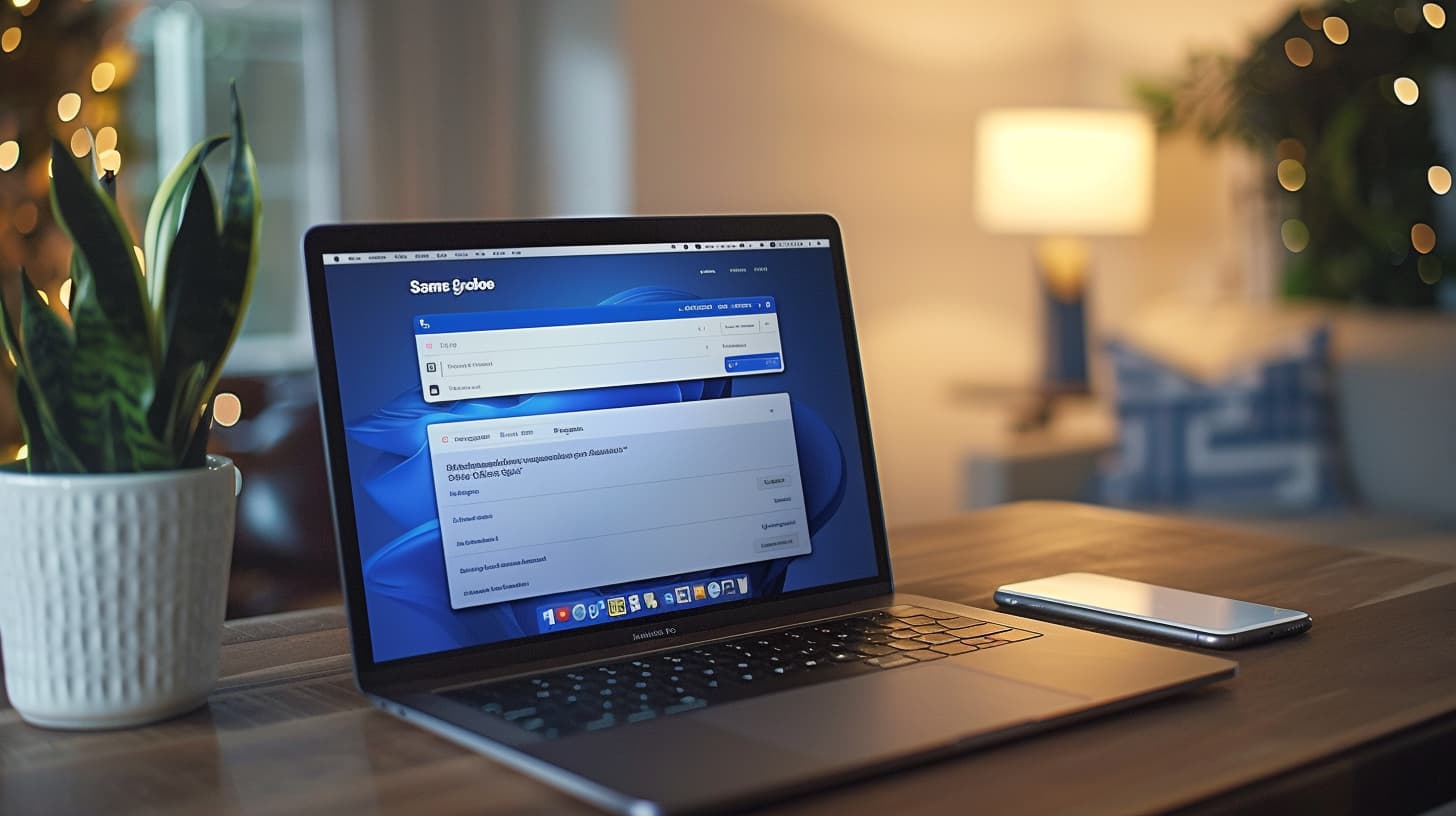Imagine you’re standing in front of a Chase ATM, and it feels like you’re trying to deposit a million-dollar check, but in reality, it’s just a stubborn money order refusing to go through. You’re not alone in this frustrating predicament.
The key first step is reaching out to the issuer, but what if the issue goes beyond a simple call? From verifying the money order’s details to exploring alternative deposit methods, there’s a myriad of steps you could take to rectify the situation.
Let’s explore how you can navigate this challenge, ensuring you’re not left wondering what to do next.
1. Verify Money Order Details
Before anything else, check the money order’s details to ensure everything’s in order, from the recipient’s name and amount to the date it was issued. Money orders are a secure form of payment widely used to send money without the need for a bank account. When you buy a money order, it’s crucial to have sufficient funds and to note the serial number for future reference.
Review the money order carefully to confirm that it hasn’t been altered or damaged. Any discrepancies in the details, such as a mismatch in the recipient’s name or incorrect amounts, could be a red flag. If you find any issues, contacting customer service where you bought the money order is your next step. They can guide you on how to cancel or replace it if necessary.
2. Contact Issuing Institution
After verifying the money order’s details and identifying any discrepancies, it’s crucial to contact the issuing institution immediately to address the deposit issue effectively. When you reach out, you’ll need to provide specific information to help them assist you better. This includes the money order number, the exact amount, and the location where you purchased it. This information is vital for the institution to track down the money order and understand the problem at hand.
Following your initial contact, it’s important to adhere to the issuing institution’s specific instructions and guidance. They may have a particular process for dealing with deposit issues, including steps you need to follow or forms you need to fill out. Make sure you pay close attention to their advice to resolve the issue as smoothly as possible.
Throughout this process, keep copies of all communication with the issuing institution. This includes emails, receipts, and any forms or documentation you submit. Keeping a detailed record will help you track the progress of your issue and provide evidence if there’s any dispute or misunderstanding.

3. Explore Alternative Deposit Methods
If your money order won’t deposit, consider exploring alternative deposit methods to resolve the issue. Firstly, verify the money order isn’t damaged, altered, or expired, as these can prevent a successful deposit. Ensure the recipient’s name matches exactly and all details are accurately filled out.
You can also try depositing the money order at a different bank or financial institution. Sometimes, the issue might be specific to the original location. If this doesn’t work, retail locations, including post offices, often provide services to cash money orders. This can be a viable option, especially if you need to access the funds quickly or don’t have a bank account.
Another avenue is contacting the issuer directly. They might offer guidance or alternative solutions, such as converting the money order into a cashier’s check. This can be particularly useful for making transfer payments or when you need to accept payment without a bank account. Remember, there might be a maximum amount limit for these services, so it’s essential to inquire about any restrictions.
If these steps don’t yield success, it’s worth reaching out to law enforcement or the issuer for further assistance, ensuring you don’t lose out on your funds.
4. Report and Cancel if Necessary
Immediately report any issues with depositing a money order to the issuer to ensure prompt resolution and safeguard your funds. Whether it’s a Postal Service money order, Western Union, or another provider, prompt action is crucial. When you contact the issuer, be ready to provide the money order number, amount, and where you purchased it. This initial step is vital for tracking and resolving the issue efficiently or ultimately if you have to cancel the money order and reissue.
If your money order won’t deposit, consider the following steps:
- Cancel the money order: If there’s a risk the money order is lost or stolen, canceling it can prevent misuse. Be aware you might face a cancellation fee.
- File a police report: For large sums, a police report adds a layer of security and is often required by the issuer.
- Consult a funding expert: If the money involves critical payments like rent or credit cards, seeking advice from a bank account or credit card funding expert can provide alternative solutions and added security.
5. Prevent Future Deposit Issues
To prevent future issues with depositing a money order, ensure its accurately and completely filled out. Make sure your name, the recipient’s name, and the amount are clearly written to avoid misunderstandings with the bank. Confirming that the recipient’s bank accepts money orders for deposit into your bank account is crucial.
Some financial institutions have specific policies regarding money orders, and it’s better to know these in advance. An example would be USAA money order policy that is stated with TOS.
If you’re dealing with multiple money orders, keep each one’s receipt and documentation organized. This practice isn’t only a good method used by individuals for tracking their finances but also essential if verification is needed during the deposit process. Should a problem arise, having this information readily available can expedite the resolution.
Moreover, regularly review updated Terms and policies regarding the deposit of money orders. Financial institutions often update their procedures and having the latest information ensures you’re in compliance. Remember, our editorial requires writers to use primary sources and reference original research to provide you with unbiased content, including all offers available in the market. By following these guidelines, you’ll minimize the chances of encountering deposit issues with money orders in the future.
6. Consider Other Means to Deposit Your Money Order
If you’re unable to deposit your money order through traditional means, such as at a bank or through a mobile deposit, here are some alternative options you can consider:
- Cash it at the Issuing Institution: Try cashing the money order at the same institution where it was purchased. This might be a post office, a grocery store, a convenience store, or a financial institution.
- Check Cashing Services: Many check cashing stores and instant online check cashing services may also cash money orders, although they often charge a fee for this service. Be sure to inquire about any fees beforehand.
- Retail Stores: Some large retail chains, such as Walmart or 7-Eleven, may offer money order cashing services for a fee.
- Check into Your Bank’s Policies: If you’re having trouble depositing the money order into your bank account, try visiting the bank in person and speaking with a teller. They may be able to provide additional assistance or offer alternative solutions.
- Money Transfer Companies: Companies like Western Union or MoneyGram may also offer money order cashing services. You can search money order near me or visit their locations or agent locations to inquire about cashing your money order.
- Ask a Friend or Family Member: If you trust someone, you may ask them to cash the money order for you and give you the equivalent amount in cash.
- Prepaid Card Services: Some prepaid card services may allow you to load the funds from a money order onto the card, effectively cashing it.
- Consider a Payday Loan Store: While not ideal due to high fees and interest rates, payday loan stores might offer cashing services for money orders.
- Contact the Money Order Issuer: If you’re facing significant difficulty, consider contacting the issuer of the money order directly to seek assistance.
Remember to be cautious when using alternative methods and ensure that you understand any associated fees or risks involved.
Frequently Asked Questions
What Happens if a Money Order Is Not Deposited?
If you don’t deposit a money order, it may become stale and unusable after 1-3 years. You might face extra fees to reissue or redeem it. Contact the issuer quickly to avoid losing your funds.
How Do I Get My Money Back from an Uncashed Money Order?
To get your money back from an uncashed money order, contact the issuer with details like the order number and purchase location. Follow their refund process, submitting any required forms or documentation. Keep all records.
What Makes a Money Order Invalid?
A money order becomes invalid if it’s missing recipient info, has alterations, illegible writing, is unauthorized, counterfeit, or exceeds the max amount. You’ll face issues depositing it if any of these problems exist.
Can a Bank Reject a Money Order?
Yes, a bank can reject your money order if it’s damaged, exceeds their limit, or has incorrect info. If that happens, you’ll need to contact the issuer to figure out your next steps.



